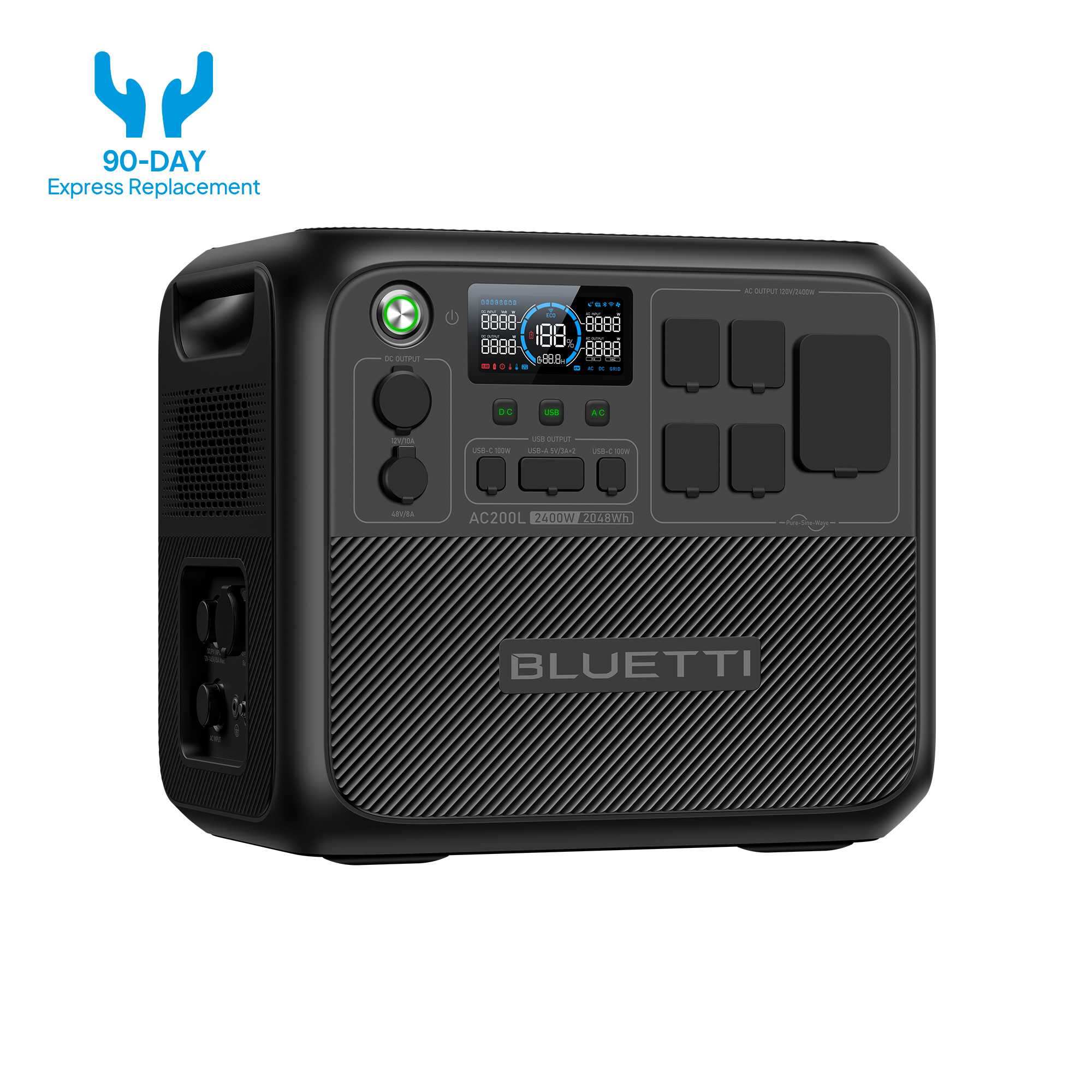A major severe weather outbreak has been forecast by the National Weather Service (NWS), with dangerous conditions expected to impact a wide stretch of the Central United States starting Tuesday. According to data from both the NWS and the FOX Forecast Center, a powerful storm system is developing that could bring destructive thunderstorms, very large hail, and tornadoes—particularly across areas from Kansas to Illinois.
Now, it’s essential to create emergency plans and stockpile disaster supplies and backup power systems because of expected widespread power outages.
Central United States Tornado Risk Details
A powerful storm system has activated severe weather alerts throughout various states across the central United States. The regions from Kansas through Illinois will experience intense thunderstorms starting on Tuesday while forecasters predict large hail and damaging winds and possible tornadoes.
The storm system will advance eastward throughout the week to deliver heavy rainfall throughout the Mississippi and Ohio River Valleys. The rainfall forecast indicates that certain regions will receive 12 inches of precipitation which will lead to severe flash flooding conditions. The merging of heavy rainfall with already saturated soil and fast-moving water creates an urgent danger for all communities in these areas.

The peak tornado season occurs from April to June, accounting for 52% of all annual tornado activity. The monthly tornado count reaches 260 during May but April and June report 202 and 186 tornadoes respectively.
Kansas stands as the second-most tornado-prone state in the United States because it sits in "Tornado Alley" where tornadoes occur 81 times per year on average. The annual tornado frequency reaches 10 occurrences per 10,000 square miles.
How to Prepare for this Severe Weather Emergency
The central United States is facing a severe weather threat of storms and tornadoes and flooding which requires immediate action. The following seven-step guide which draws on FEMA and National Weather Service (NWS) expert recommendations helps households survive emergencies while staying prepared.
Step 1: Stay Informed with Real-Time Alerts
- Download the FEMA App or activate Wireless Emergency Alerts (WEA) on your mobile device.
- Listen to NOAA Weather Radio or local TV/radio stations for updates.
- Follow official sources including @NWS and local emergency agencies on social media.
Step 2: Create a Family Emergency Plan
- Choose a contact number for family check-ins during emergencies.
- Pick two meeting points: one near your home and one farther away.
- Establish evacuation routes and communication plans.
Step 3: Assemble an Emergency Kit with 72-Hour Supply
- 3 days of water: 1 gallon per person per day.
- Non-perishable food and manual can opener.
- Flashlight, extra batteries, and a power bank.
- First-aid kit, sanitation supplies, and important documents in waterproof storage.
- Cash and local maps.
Step 4: Prepare Your Home
- Secure outdoor items like furniture, grills, and trash bins.
- Clear gutters and downspouts to reduce flood risk.
- Reinforce doors and windows; use covers if needed.
- Move valuables and electronics above expected flood level.
Step 5: Get Ready for Power Outages
- Charge electronics before the storm.
- Include flashlights, lanterns, and battery-powered radios in your kit.
- Use freezer cold packs to preserve food longer.
- Invest in a portable power station for essential needs.

🟦 Need reliable backup power? Here’s a practical solution:
🔌 Use a Portable Power Station for Essential Needs
A portable power station will operate your household appliances when you lose electricity for more than a few hours without needing gasoline or making noise or emitting fumes.
✅ Recommended: BLUETTI AC200L Portable Power Station
- Phone: 150+ charges
- Wi-Fi router: 30+ hours
- Mini fridge: 20+ hours
- CPAP or medical devices: overnight power
Flexible recharging: wall outlet, solar, or car.
Fast charging: reaches 80% in under an hour.
Extanable battery: 2kWh to 7.6kWh to fit your unique needs.
Step 6: Practice Emergency Drills
- Designate a safe place such as a basement or windowless interior room.
- Practice quick access to your shelter area.
- Review actions for home, work, and while traveling.
Step 7: Follow Local Government Guidelines
- Check local emergency websites for evacuation info and shelter locations.
- Bring your emergency kit when evacuating.
- Report storm damage to local agencies and FEMA.
You May Also Want to Know:
What’s Fueling the Storm System?
A standard battle between Gulf of Mexico warm moist air and western cool dry air drives the dangerous central U.S. weather system which commonly produces severe weather during spring.
1. A Strong Low-Pressure System
A deep low-pressure system develops in the western United States and moves east. It draws warm humid air from the south and pushes cold air from the Rockies northward, creating instability that sparks thunderstorms and tornadoes.
2. Clash of Warm and Cold Fronts
Warm fronts lift moist air over cooler layers. Cold fronts drive it upward fast. The result? Dangerous supercell thunderstorms, ideal for tornado formation.
3. Slow-Moving System = Flood Risk
Slow progression means repeated storms in some areas. The Mississippi and Ohio Valleys could see 8–12 inches of rain, triggering flash floods.
4. Jet Stream Intensifies the Setup
A strong jet stream above these storms adds power and longevity, increasing the risk of tornado outbreaks in Kansas, Missouri, and Illinois.








































































